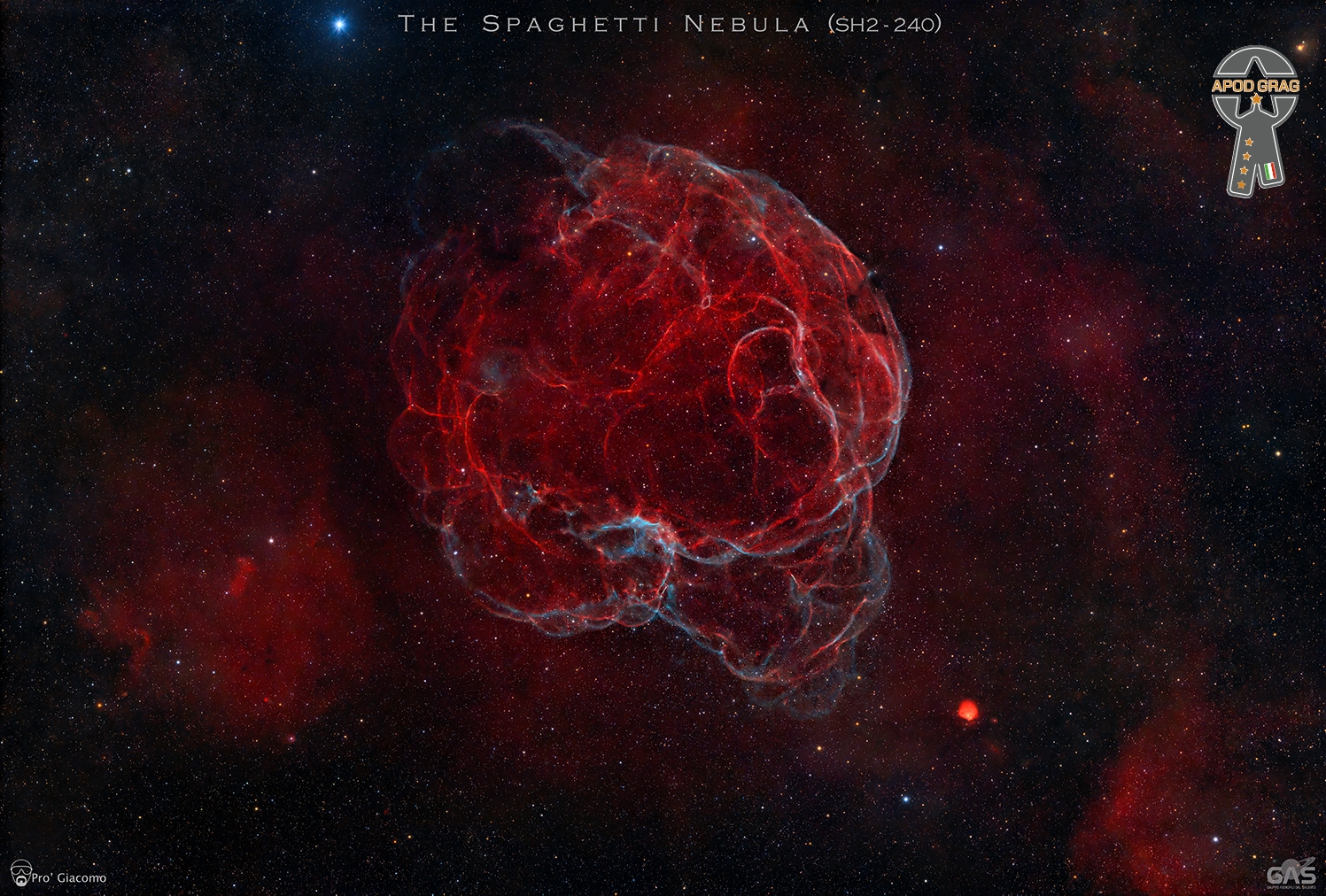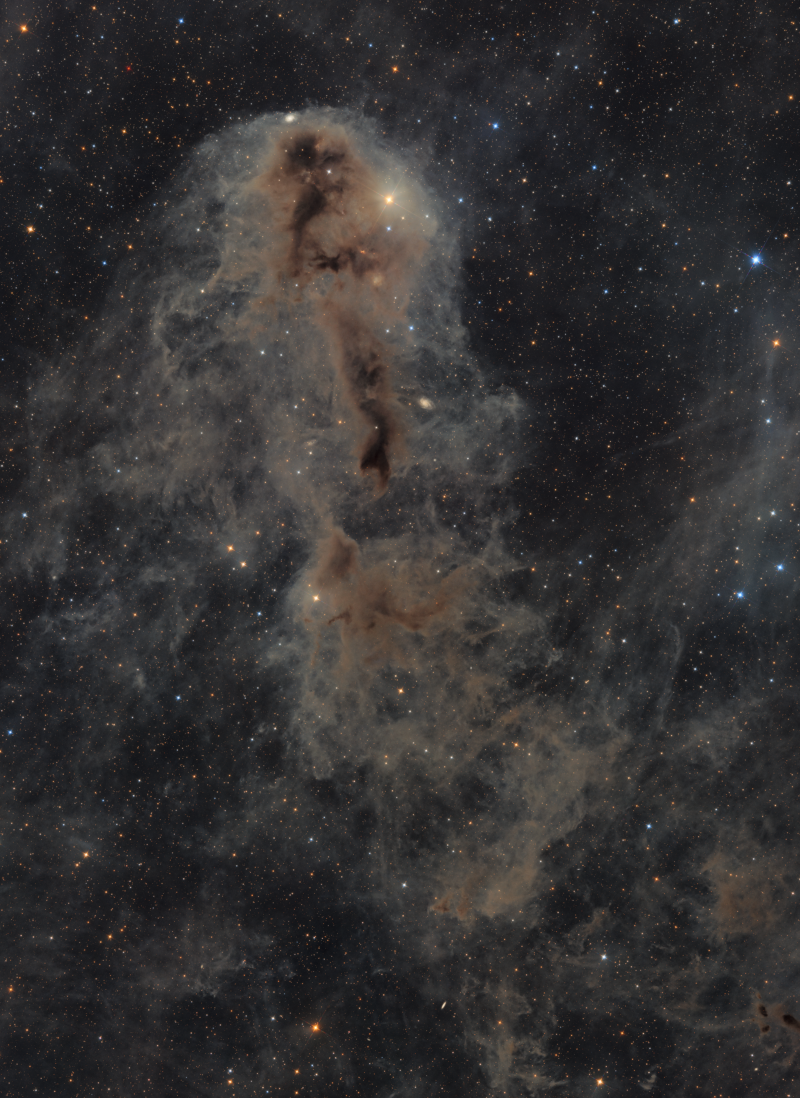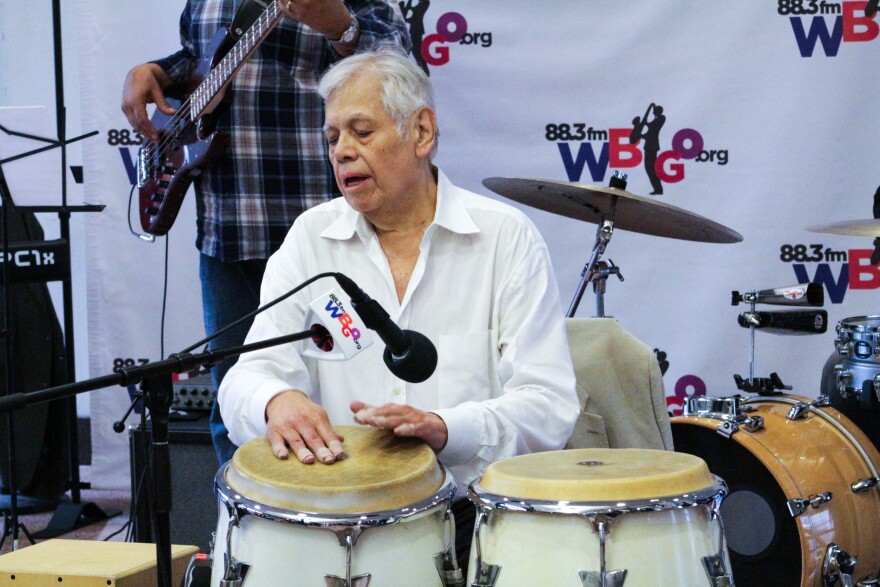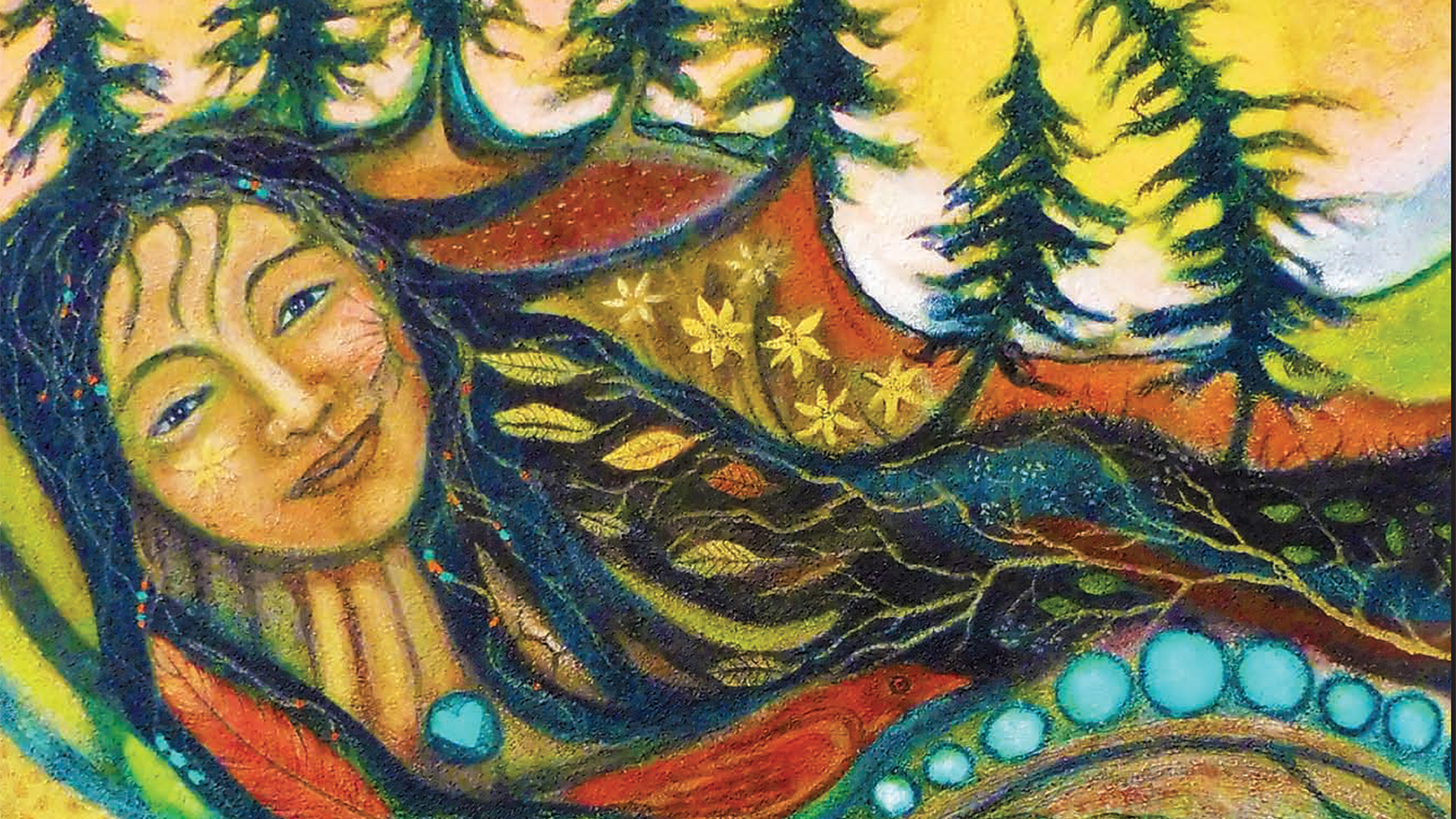Blog
Simeis 147, also known as the Spaghetti Nebula, SNR G180.0-01.7 or Sharpless 2-240, is a supernova remnant (SNR) in the Milky Way, straddling the border between the constellations Auriga and Taurus. It was discovered in 1952 at the Crimean Astrophysical Observatory by Grigory Shajn and his team using a Schmidt camera and a narrowband filter close to the Hydrogen Alpha transmission line. It is difficult to observe due to its extremely low surface brightness. This discovery was part of a survey conducted between 1945 and 1955, most likely using captured German equipment, as the observatory was practically destroyed during WWII. The Schmidt camera had a field of view of 175′. Many previously unknown hydrogen nebula were discovered this way, as they are not readily visible in regular photographs.
The nebulous area has an almost spherical shell and a filamentary structure. The remnant has an apparent diameter of approximately 3 degrees, an estimated distance of approximately 3000 (±350) light-years, and an age of approximately 40,000 years.At that distance, it spans roughly 160 lightyears.
It is believed that the stellar explosion left behind a rapidly spinning neutron star known as pulsar PSR J0538+2817 in the nebula core, emitting a strong radio signal.

Robert C. Christie Hunter (born Robert Burns; June 23, 1941 – September 23, 2019) was an American lyricist, singer-songwriter, translator and poet, best known for his work with the Grateful Dead. Born near San Luis Obispo, California, Hunter spent some time during his childhood in foster homes as a result of his father abandoning his family, and took refuge in reading and writing. He attended the University of Connecticut for a year before returning to Palo Alto, where he became friends with musician Jerry Garcia. Hunter and Garcia began a collaboration that lasted through the remainder of Garcia’s life.
Garcia and others formed the Grateful Dead in 1965, and later began working with lyrics from Hunter, whom Garcia invited to join the band as a lyricist. Hunter contributed substantially to many of their albums, beginning with Aoxomoxoa in 1969. He wrote lyrics to a number of the band’s signature songs, including “Dark Star“, “Ripple“, “Truckin’“, “China Cat Sunflower“, and “Terrapin Station“. Hunter was inducted into the Rock and Roll Hall of Fame with the Grateful Dead in 1994, and is the only non-performer to be inducted as a member of a band. Upon his death, Rolling Stonedescribed him as “one of rock’s most ambitious and dazzling lyricists”.
more...Milton John Hinton (June 23, 1910 – December 19, 2000) was an American double bassist and photographer. Regarded as the Dean of American jazz bass players, his nicknames included “Sporty” from his years in Chicago, “Fump” from his time on the road with Cab Calloway, and “The Judge” from the 1950s and beyond. Hinton’s recording career lasted over 60 years, mostly in jazz but also with a variety of other genres as a prolific session musician.
He was also a photographer of note, praised for documenting American jazz during the 20th Century.
Hinton was born in Vicksburg, Mississippi, United States, the only child of Hilda Gertrude Robinson, whom he referred to as “Titter,” and Milton Dixon Hinton.
more...Sahib Shihab (born Edmund Gregory; June 23, 1925 – October 24, 1989) was an American jazz and hard bop saxophonist (baritone, alto, and soprano) and flautist. He variously worked with Luther Henderson, Thelonious Monk, Fletcher Henderson, Tadd Dameron, Dizzy Gillespie, Kenny Clarke, John Coltrane and Quincy Jones among others.
He was born in Savannah, Georgia, United States. Edmund Gregory first played alto saxophone professionally for Luther Henderson aged 13, and studied at the Boston Conservatory, and to perform with trumpeter Roy Eldridge. He played lead alto with Fletcher Henderson in the mid-1940s.
more...George Allen Russell (June 23, 1923 – July 27, 2009) was an American jazz pianist, composer, arranger and theorist. He is considered one of the first jazz musicians to contribute to general music theory with a theory of harmony based on jazz rather than European music, in his book Lydian Chromatic Concept of Tonal Organization (1953).
Russell was born in Cincinnati, Ohio, on June 23, 1923, to a white father and a black mother. He was adopted by a nurse and a chef on the B & O Railroad, Bessie and Joseph Russell. Young Russell sang in the choir of the African Methodist Episcopal Church and listened to the Kentucky Riverboat music of Fate Marable. He made his stage debut at age seven, singing “Moon Over Miami” with Fats Waller.
more...Stars are forming in Lynds Dark Nebula (LDN) 1251. About 1,000 light-years away and drifting above the plane of our Milky Way galaxy, LDN 1251 is also less appetizingly known as “The Rotten Fish Nebula.” The dusty molecular cloud is part of a complex of dark nebulae mapped toward the Cepheus flare region. Across the spectrum, astronomical explorations of the obscuring interstellar clouds reveal energetic shocks and outflows associated with newborn stars, including the telltale reddish glow from scattered Herbig-Haroobjects hiding in the image. Distant background galaxies also lurk in the scene, almost buried behind the dusty expanse. This alluring view spans over four full moons on the sky, or 35 light-years at the estimated distance of LDN 1251.

Kristoffer Kristofferson (born June 22, 1936) is an American retired country singer, songwriter and actor. Among his songwriting credits are “Me and Bobby McGee”, “For the Good Times”, “Sunday Mornin’ Comin’ Down”, and “Help Me Make It Through the Night”, all of which were hits for other artists.
In 1985, Kristofferson joined fellow country artists Waylon Jennings, Willie Nelson and Johnny Cash in the country music supergroup The Highwaymen, which was a key creative force in the outlaw country music movement that eschewed the traditional Nashville country music machine in favor of independent songwriting and producing.
As an actor, Kristofferson is known for his roles in Pat Garrett and Billy the Kid (1973), Blume in Love (1973), Alice Doesn’t Live Here Anymore (1974), A Star Is Born (1976) (which earned him a Golden Globe Award for Best Actor), Convoy (1978), Heaven’s Gate (1980), Stagecoach (1986), Lone Star (1996), and the Blade film trilogy (1998–2004).
In 2004, Kristofferson was inducted into the Country Music Hall of Fame.
Early life and education
Kristoffer Kristofferson was born in Brownsville, Texas, to Mary Ann (née Ashbrook) and Lars Henry Kristofferson, a U.S. Army Air Corps officer (later a U.S. Air Force major general).[1][2] Kristofferson’s paternal grandfather was an officer in the Swedish Army.[3]While Kristofferson was a child, his father pushed him toward a military career.
Junior Marvin (born Donald Hanson Marvin Kerr Richards Jr., June 22, 1949), also known as Junior Marvin-Hanson, Junior Hanson, Junior Kerr, and Julian Junior Marvin, is a Jamaican-born guitarist and singer best known for his association with Bob Marley and The Wailers. He started his career as Junior Hanson with the band Hanson in 1973. Marvin has also been associated with Gass, Keef Hartley Band, Toots & the Maytals and Steve Winwood.
Born in Kingston, Surrey County, Jamaica, Marvin moved to London as a child, where his love of both acting and music was nurtured. He appeared in the Beatles’ film Help!, which was followed by a number of television appearances. Meanwhile, Marvin served his musical apprenticeship in the United States by playing with those including T-Bone Walker and Ike & Tina Turner. Back in England, he played with bands such as Herbie Goins & the Nighttimers, Blue Ace Unit and White Rabbit.
more...Hermeto Pascoal (born June 22, 1936) is a Brazilian composer and multi-instrumentalist. He was born in Lagoa da Canoa, Alagoas, Brazil. Pascoal is best known in Brazilian music for his orchestration and improvisation, as well as for being a record producer and contributor to many Brazilian and international albums.
more...Raymond Mantilla (June 22, 1934 – March 21, 2020) was an American percussionist.
Mantilla played on hundreds of recordings, including some that have become important parts of jazz history, like Max Roach’s M’Boom, Herbie Mann’s Flute, Brass, Vibes and Percussion and Charles Mingus’s Cumbia & Jazz Fusion. He was one of the three most recorded conga players in the history of jazz; he held that distinction with Ray Barretto and Cándido Camero.
Like Cándido, one of his heroes, Mantilla championed the use of multiple congas, employing up to four drums at times, each tuned to a specific pitch. Also like Cándido, he championed the performance of solo pieces on congas.
But Mantilla was, as he liked to put it, the complete percussionist — skilled not only on congas but also a range of other instruments. “I loved the way Ray played charanga-style timbales,” Barretto once said. “Remember, you have only one bell to keep time accompanying the flute and violins, and you have to play rock-solid time with swing.”
Mantilla described his own music as “Latin Jazz with authentic Latino rhythms.” He released nine albums as a leader. His first was Mantilla, in 1978, and his most recent was High Voltage, almost 40 years later. He recorded a follow-up, Rebirth, scheduled for release this year on Savant Records.
“It’s a combination of the familiar and the eclectic,” said longtime Mantilla associate Mike Freeman, who plays vibraphone on that album. The title, Rebirth, he explained, “is a reference to Ray surviving cancer two years ago.”

Raymond Mantilla was born in St. Francis Hospital in the South Bronx on June 22, 1934. His father, Carlos Mantilla Ghilardi, was an architect and engineer who was recruited to work on the building of the George Washington Bridge. He then began working for the U.S. Intelligence Services in a branch in Peru, just before the United States’ entry into World War II. Ray’s mother, Ramona Maldonado, hailed from the city of Vega Baja in Puerto Rico, and owned and operated a bodega in the South Bronx.
Ray’s childhood friends included some of the major forces in the Afro-Cuban music scene that became redefined by New York’s City’s Puerto Rican community into what we know as salsa. Among them were timbalero Orlando Marin, percussionist Manny Oquendo, pianist Eddie Palmieri, flutist and percussionist Johnny Pacheco, and percussionist Benny Bonilla.
Bonilla, who played timbales on the seminal Latin Boogaloo hit “I Like It Like That,” met Mantilla at age 15. “He and I would practice our conga beats to 78 vinyl records,” he said. “Ray stressed a steady and good left hand.”
But Mantilla’s closest childhood friend was Barretto, a pioneering conga player who became an NEA Jazz Master in 2006, one month before his death at 76. “Me and Ray were like peas in a pod,” Mantilla once recalled. “He got me into the studios, since he would send me to cover dates he couldn’t do. Between Ray, Johnny Pacheco, Willie Rodriguez, Cándido, and me, we were doing all the Latin percussion work on studio sessions in New York.”

Barretto also made a fateful introduction when he recommended Mantilla to Mann, a flutist leading a widely popular Latin jazz band. Barretto and Mantilla played together on a handful of albums by Mann at the dawn of the ‘60s, including The Common Ground and The Family of Mann — but by the time of Herbie Mann at The Village Gate in ’61, Barretto had moved on, and given Mantilla his blessing.
His work with Mann, and his association with Barretto, brought Mantilla to the attention of prominent jazz bandleaders like Mingus, Roach, Art Blakey and many more. “I always liked the freedom in jazz and I dug the scene as well,” he said. “You could be more creative, looser. After a while I just stopped doing gigs on the Latin scene altogether unless I was called as a guest soloist.”
In 1972, Mantilla was asked to join Roach’s percussion ensemble M’Boom, which had been formed two years earlier. “I was impressed by Ray when I saw him with Art Blakey because I liked the way he navigated his role in the group,” recalls founding member Joe Chambers, who recommended him for the gig. “He demonstrated the drummer’s philosophy as it was taught to me, to accompany. He never overplayed.”
Warren Smith, another member of M’Boom, recalls: “Ray understood the subtle nuances in African, Latin, and jazz-based music and he adapted beautifully. The first time he played with us it was seamless. What also impressed me was the variety of solo contexts he could do. He could play solo on bongos, congas, whatever, and hold the audience. He was also funny as an emcee. When we performed in Barcelona, Max let him speak to the audience in Spanish. He had them in the palm of his hand introducing each one of us with funny quips and jokes.”
For Mantilla, M’Boom was an opportunity to expand his musicianship. “I had to learn to play mallet parts on vibes, xylophone, etc. I had never done that before. It was great. They showed me that and I had a chance to show the guys how to play hand drums and the percussion in an authentic way.”
In 1977, Mantilla also made political history, as part of a group of musicians led by Dizzy Gillespie who became the first to perform in Cuba since the travel embargo of 1962. Their joint concerts with Cuba’s supergroup Irakere and the rúmba percussion ensemble Los Papines would reestablish musical ties with the island.
It was the following year, 1978, that Mantilla really became a bandleader. His group, which he eventually dubbed the Space Station, explored Afro-Cuban-based rhythms but also experimented with expanding the parameters of the music, notably with odd meters. “I was into that when nobody else was, other than people like Don Ellis,” Mantilla said. “That’s why on that album you hear things in seven, etc. Nobody in Latin jazz was doing that at all. That’s why I would call the group Space Station. We were doing things that were out of the norm.”

Trumpter Guido Gonzalez spoke to Mantilla’s style as a bandleader: “In many ways Ray was like Art Blakey. He’d let everyone in the band give their input. He was also funny. The way I got in the band was after I played in a rehearsal, he came up to me and said, ‘Man, your sound doesn’t bother me.’”
more...Katherine Mary Dunham (June 22, 1909 – May 21, 2006) was an American dancer, choreographer, anthropologist, and social activist. Dunham had one of the most successful dance careers of the 20th century and directed her own dance company for many years. She has been called the “matriarch and queen mother of black dance.”
While a student at the University of Chicago, Dunham also performed as a dancer, ran a dance school and earned an early bachelor’s degree in anthropology. Receiving a postgraduate academic fellowship, she went to the Caribbean to study the African diaspora, ethnography and local dance. She returned to graduate school and submitted a master’s thesis to the anthropology faculty. She did not complete the other requirements for that degree, however, as she realized that her professional calling was performance and choreography.
At the height of her career in the 1940s and 1950s, Dunham was renowned throughout Europe and Latin America and was widely popular in the United States. The Washington Post called her “dancer Katherine the Great.” For almost 30 years she maintained the Katherine Dunham Dance Company, the only self-supported American black dance troupe at that time. Over her long career, she choreographed more than ninety individual dances. Dunham was an innovator in African-American modern dance as well as a leader in the field of dance anthropology, or ethnochoreology. She also developed the Dunham Technique, a method of movement to support her dance works.
Katherine Mary Dunham was born on the 22 of June in 1909 in a Chicago hospital. Her father, Albert Millard Dunham, was a descendant of slaves from West Africa and Madagascar.
more...More Posts
- Malachi Favors
- John Lee Hooker
- Claude Debussy
- World Music Yuliyana Krivoshapkina and Nachyn Choreve
- Daily Roots DEM Music Players
- Rhythm Roots Workshop @ Rum River Library by Engage with My Community Program
- Cosmos ESO 300-16
- Steve Smith
- Art Farmer
- Count Basie
- World Music Al-Andaluz
- Daily Roots Sly & Robbie
- Cosmos Roll Cloud
- Robert Plant
- Isaac Hayes
- Frank Rosolino
- Jimmy Raney
- World Music Trio Mandili & Legiana Collective
- Daily Roots Joe Gibbs
- Cosmos Rho Ophiuchi JWST


